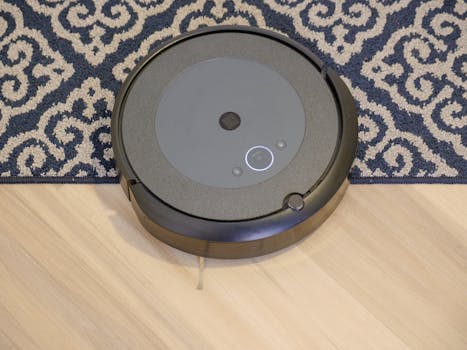
Smart Homes and Smart Living: The Technological Transformation of European Homes by 2025
Smart Homes and Smart Living are revolutionizing the way we live in European homes. The integration of technology into our daily lives has never been more prevalent, and by 2025, it’s expected that the majority of European homes will be equipped with smart devices and systems. In this article, we’ll explore the current state of smart homes in Europe, the benefits of smart living, and what we can expect from this technological transformation by 2025.
Current State of Smart Homes in Europe
The smart home market in Europe is growing rapidly, with an estimated value of over $10 billion in 2020. The UK, Germany, and France are leading the way, with a high adoption rate of smart devices such as thermostats, security cameras, and voice assistants. However, there is still a long way to go, with many European homes still lacking basic smart devices.
Benefits of Smart Living
Smart living offers a wide range of benefits, from increased convenience and efficiency to improved safety and security. With smart devices, homeowners can control their lighting, heating, and entertainment systems remotely, making it easier to manage their daily lives. Smart homes also provide real-time energy usage monitoring, helping homeowners reduce their energy consumption and lower their utility bills.
Technological Transformation by 2025
By 2025, the smart home market in Europe is expected to reach new heights, with an estimated value of over $50 billion. The integration of artificial intelligence (AI), Internet of Things (IoT), and 5G technology will enable seamless communication between devices, making smart homes even more efficient and convenient. We can expect to see a rise in smart home automation, with devices learning our habits and preferences to provide personalized experiences.
Challenges and Opportunities
While the technological transformation of European homes is exciting, there are also challenges to be addressed. Cybersecurity is a major concern, with smart devices providing a potential entry point for hackers. Additionally, the high cost of smart devices and systems can be a barrier for many homeowners. However, as the market grows and technology advances, we can expect to see more affordable and secure smart home solutions.
Conclusion
In conclusion, the future of European homes is looking smart, with technological advancements transforming the way we live. By 2025, smart homes will be the norm, offering unparalleled convenience, efficiency, and innovation. As we move forward, it’s essential to address the challenges and opportunities presented by this transformation, ensuring that smart homes are secure, affordable, and accessible to all.




